Welcome to Queerness In Comics, a bi-weekly column by Avery Kaplan, which will explore queer representation in comics. This week, Avery is exploring the middle-grade graphic novel The Witch Boy and its sequel, The Hidden Witch, released in 2017 and 2018, respectively.
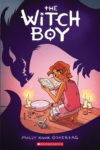
Publisher: Graphix
In the world of The Witch Boy, magic is rigidly parceled out in accordance with a gendered divide. While boys possess the magic of shape shifting, using their abilities to defend themselves and the family, girls hone the ability to read arcane runes and cast spells. Neither of these abilities are intrinsically linked to gender; instead, it seems as though the only real obstacle between thirteen-year-old Aster and his insatiable desire to perform magic spells is the social pressure put in place by his family members.
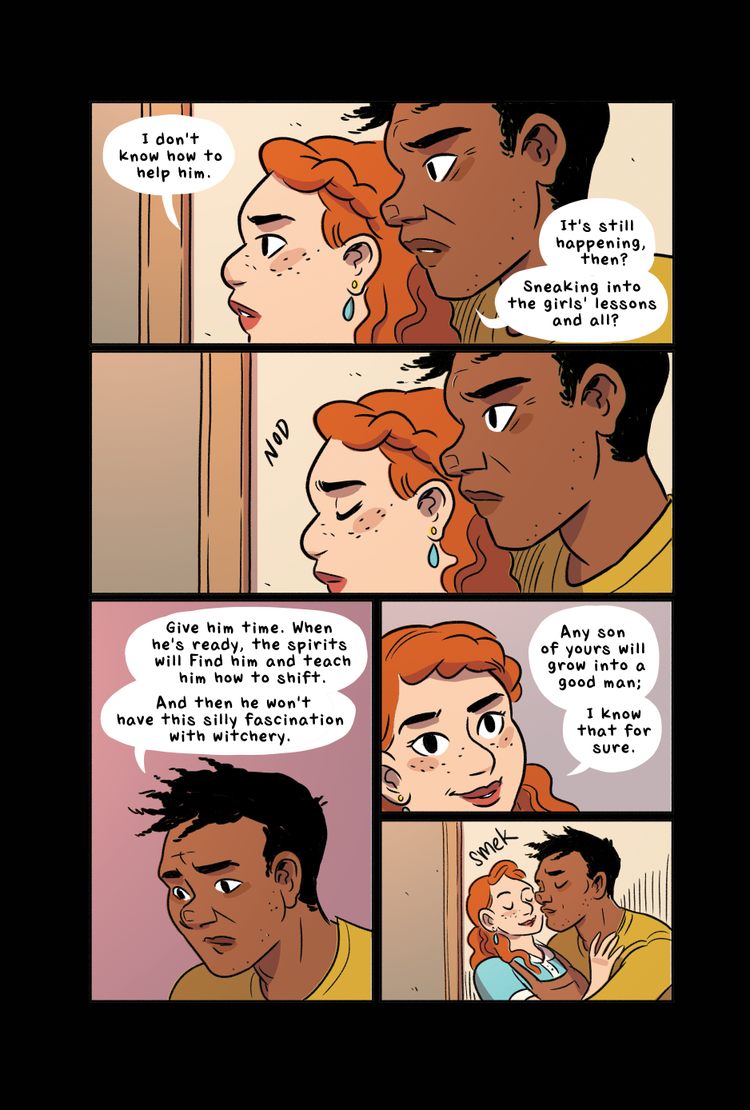
These social boundaries are what keeps Aster from obtaining the knowledge he needs to hone his skills and become a better witch. Because the magical skills possessed by the Vanissen family are so thoroughly divided along gendered lines, Aster is forbidden from learning magic along with the girls. While Aster continues to develop his abilities in private, supplementing his personal experimentation by eavesdropping on the girls’ classes and asking his older sister leading questions, it is clear that the knowledge he manages to acquire is stolen rather than given freely.
When Aster presses his family members about the way he is excluded from learning the magic he wishes to learn because of his gender, he is told a story about one of his ancestors. According to Aster’s mother, years before Aster’s birth, his grandmother’s brother had a similar fascination with magic… and that fascination led to his downfall.
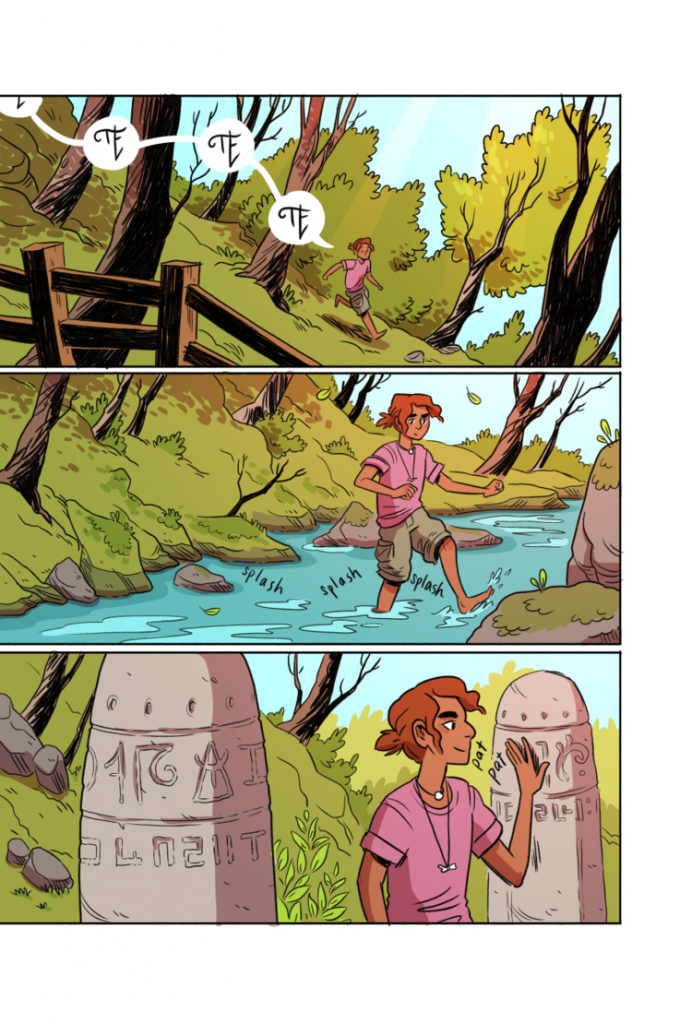
The Sad, Sad Tale of Mikasi
According to the story told by the family, grandmother’s brother, Mikasi, had coveted the power of magic for himself. He eventually stole a magical artifact and then fled from the rest of the family, to be used as a warning against those who might transgress the gendered rules that control the magic possessed by the Vanissens.
Eventually, the truth is uncovered: unlike the boys who were considered his peers, Mikasi lacks the ability to shape shift himself. In a desperate attempt to adopt the same powers as the other boys, Mikasi turned to magic in order to approximate the abilities considered to be masculine by the magical society. However, when he attempted to transform his body using these spells, he was only able to turn himself into a (literal) monster. While the other boys could adopt the form of naturally occurring animals, Mikasi could only take the shape of a dragon-like creature.
In The Witch Boy, Mikasi serves as the main adversary, attempting to lure the boys of the Vanissen clan into joining forces with him and adopting the same approximation of the powers that he has developed. Mikasi serves as a foil for Aster, showing the darkest possible path available to the teenager. Mikasi embodies what would happen if Aster embraced the feelings that come with being ostracized, and struck back against his family for telling him that his predilection for magic was “unnatural.”
Working Toward Redemption

When the consequences of her magic use eventuality come home to roost, Aster brings Ariel to Mikasi, who has been imprisoned by the family as they attempt to rehabilitate him. While Mikasi is able to use the skills he has developed over the years to help save Ariel, he is overwhelmed by the magic involved in the process, sacrificing himself to save the young witch.
While Mikasi is able to rescue Ariel from a similar fate as his own, he does succumb to the power of the magic involved. While he may have seen the error of his ways in turning against his family, he nevertheless must face the consequences of his actions, even if that means that he doesn’t get a chance to enjoy the fruits of his redemption firsthand.
Building a Better Magical World
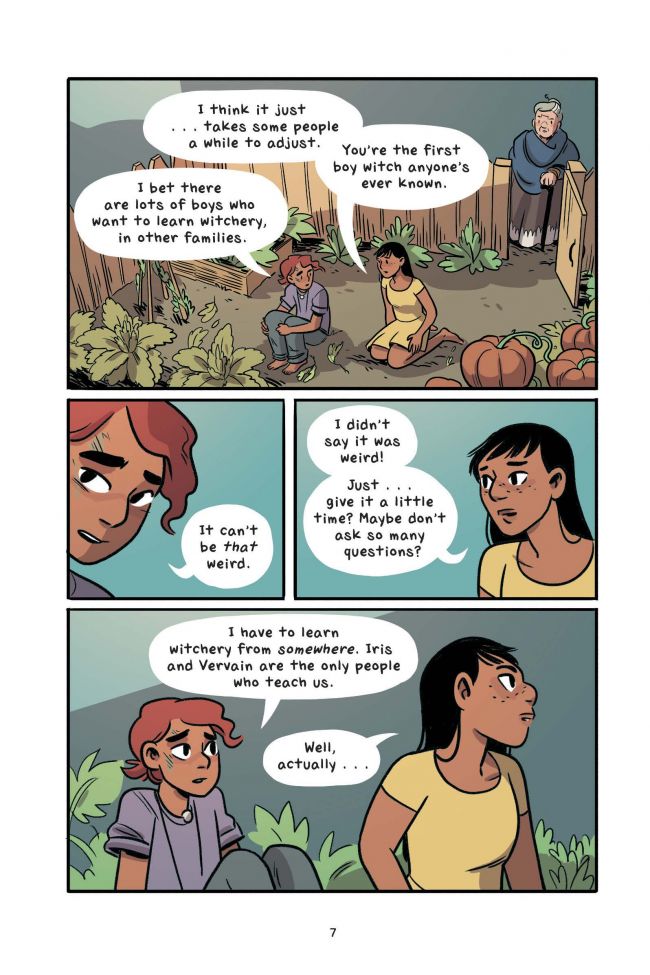
While Mikasi sacrifices himself in order to rescue Ariel, the selflessness of his actions benefits his family. Not only does Ariel survive, but it is revealed that the relationship between magical ability and gender may be more complicated than the family narrative would make it appear.
In addition to both Mikasi and Aster displaying the spell casting abilities previously thought to be the sole providence of women, it is revealed that Aster’s grandmother not only possesses the ability to cast spells, she also has some measure of shape shifting ability. However, because of the nature of shape shifting, she was able to hide this power: in effect, grandmother was able to “pass” as a witch even though that doesn’t adequately encompass the entirety of her magical abilities.
However, by coming out into the open about his powers, Mikasi has forced a conversation to take place among the Vanissens that allows their grandmother to unveil her powers and reveal the entirety of her true self. While Mikasi may ultimately sacrifice himself, the world he leaves behind for the next generation will be a better one, and one that won’t force others in his situation to be ostracized from those closest to them, no matter how they choose to express their magic.


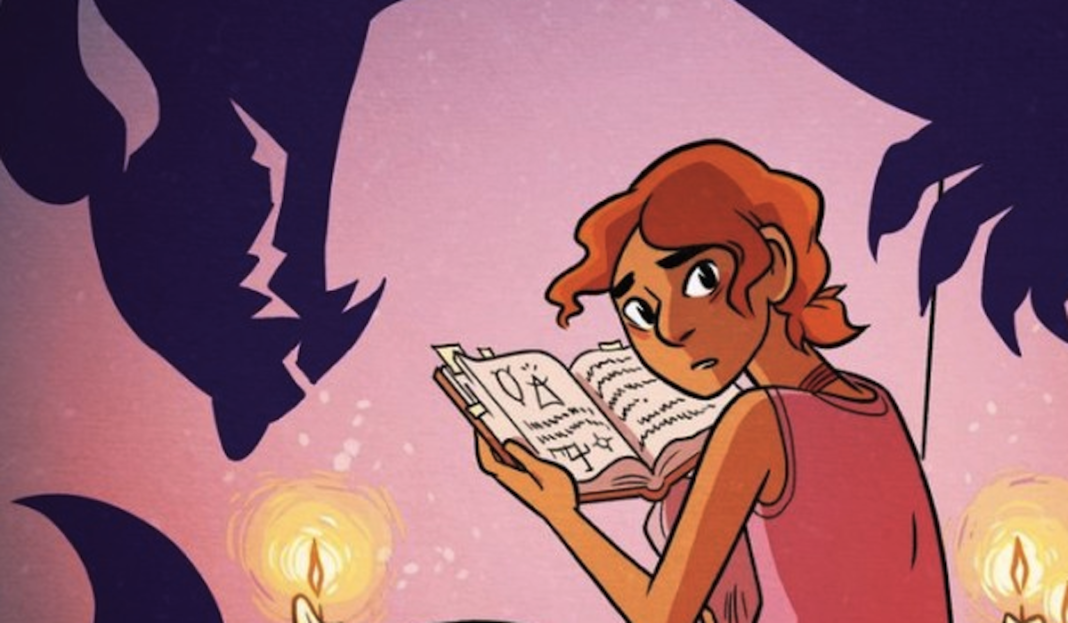
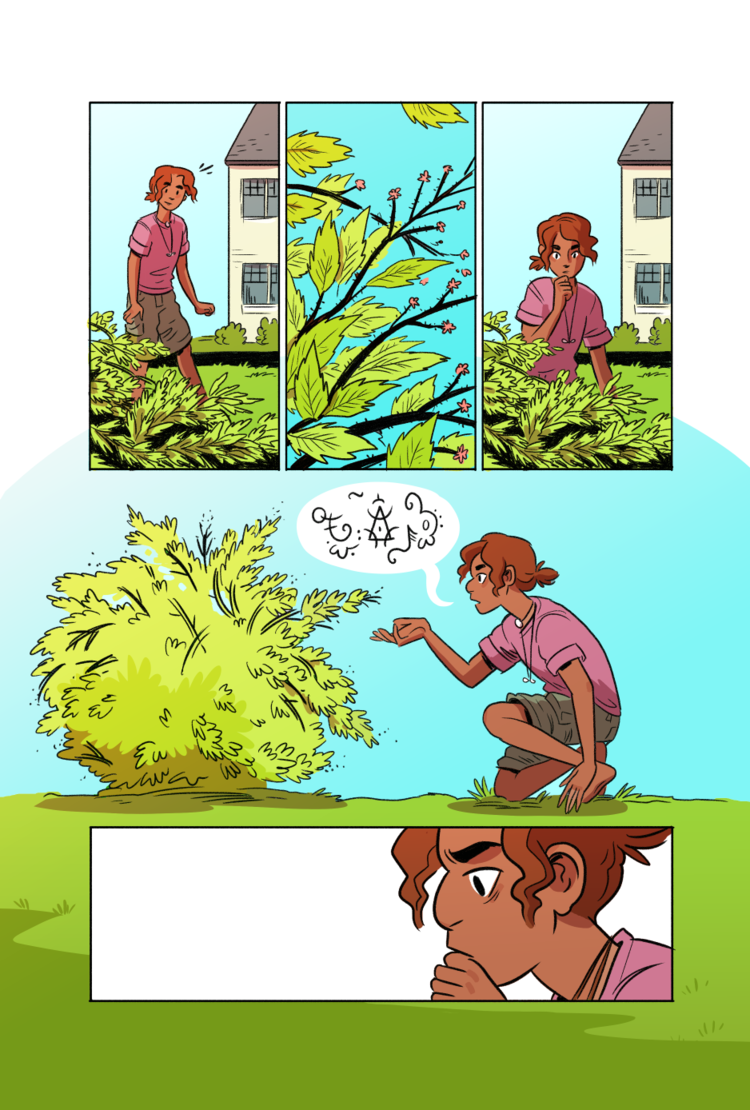

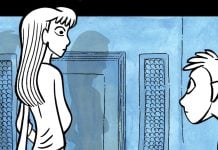

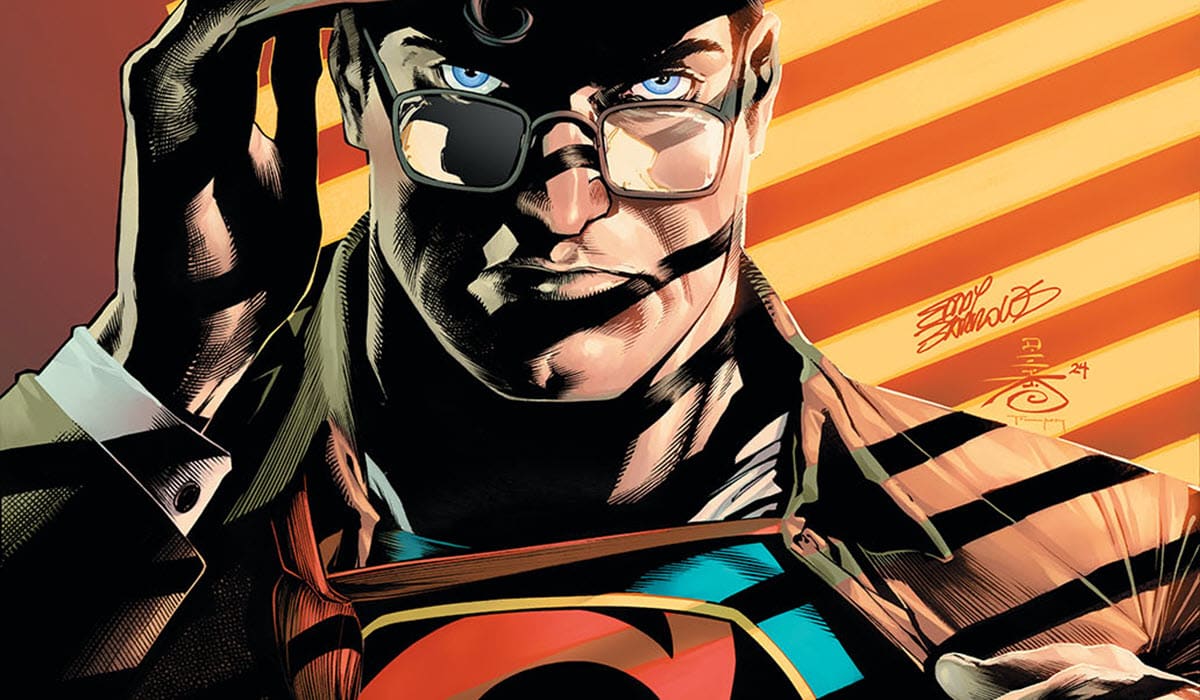


I found both the novels to be a wonderful introduction into this magical world. I highly recommend it for teens and even adults willing to take a chance with a YA story.
Comments are closed.